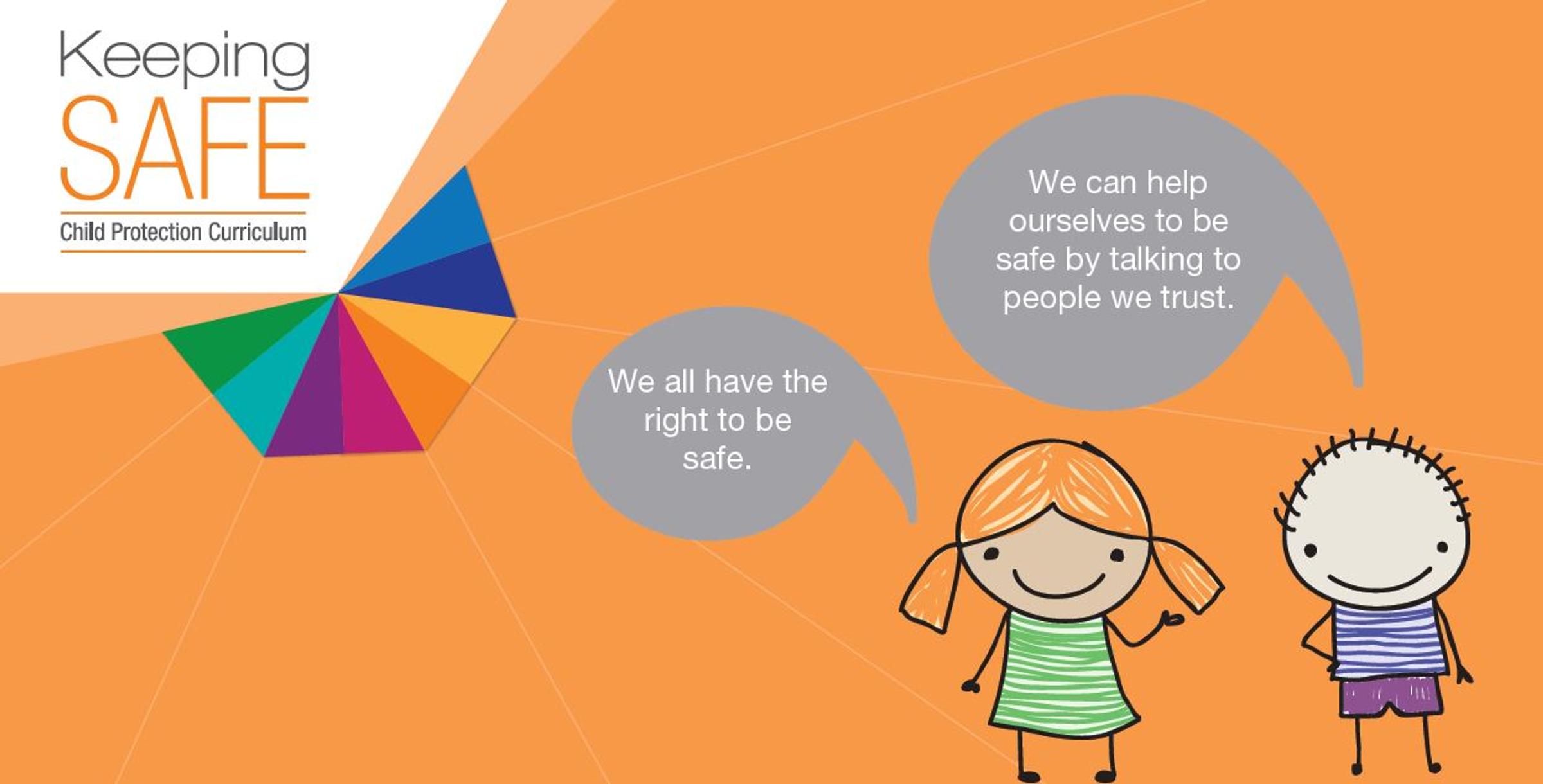Keeping Safe: Child Protection Curriculum

Keeping Safe: Child Protection Curriculum (KS:CPC)
The Department for Education Child protection in schools, early childhood education and care services policy states that ‘all children and young people in the department’s preschools and schools will access the approved child protection curriculum’.
The KS:CPC teaches children and young people to recognise abuse, tell a trusted adult, understand what is appropriate and inappropriate touching and ways of keeping themselves safe.
Themes
The curriculum is based on two main themes which are presented through topics and activities.
- Theme 1: We all have the right to be safe
- Theme 2: We can help ourselves to be safe by talking to people we trust.
Focus Areas
The two themes are explored through four Focus Areas, which are examined in growing complexity in accordance with the age of the learners.
- The right to be safe
- Relationships
- Recognising and reporting abuse
- Protective strategies.
More information can be found on the KS:CPC website: http://kscpc.2.vu/DE_ParentsCarers.
Please see the below outline for each of the age groups from preschool to Year 6. This also gives an overview of the topics covered in each stage.
Early Years: Ages 3–5 | |||||||||
Keeping Safe: Child Protection Curriculum (KS: CPC)The KS:CPC teaches children and young people to recognise abuse, tell a trusted adult, understand what is appropriate and inappropriate touching and ways of keeping themselves safe. For Ages 3–5, the following topics are covered:
| |||||||||
Early Years: Years R–2 | |||||||||
For Years R–2, the following topics are covered:
| |||||||||
Primary Years: Years 3–5 | |||||||||
For Years 3–5, the following topics are covered:
| |||||||||
Middle Years: Years 6–9 | ||||||||
For Years 6–9, the following topics are covered:
|
